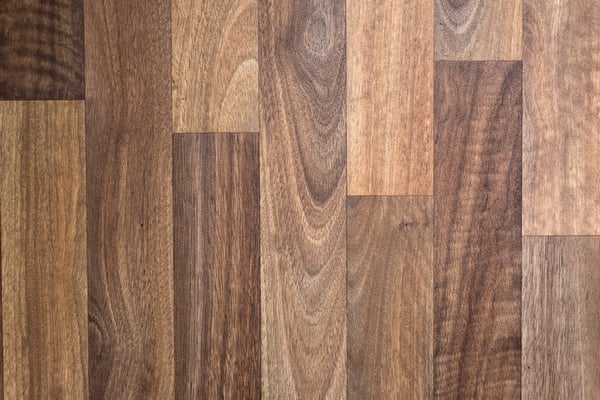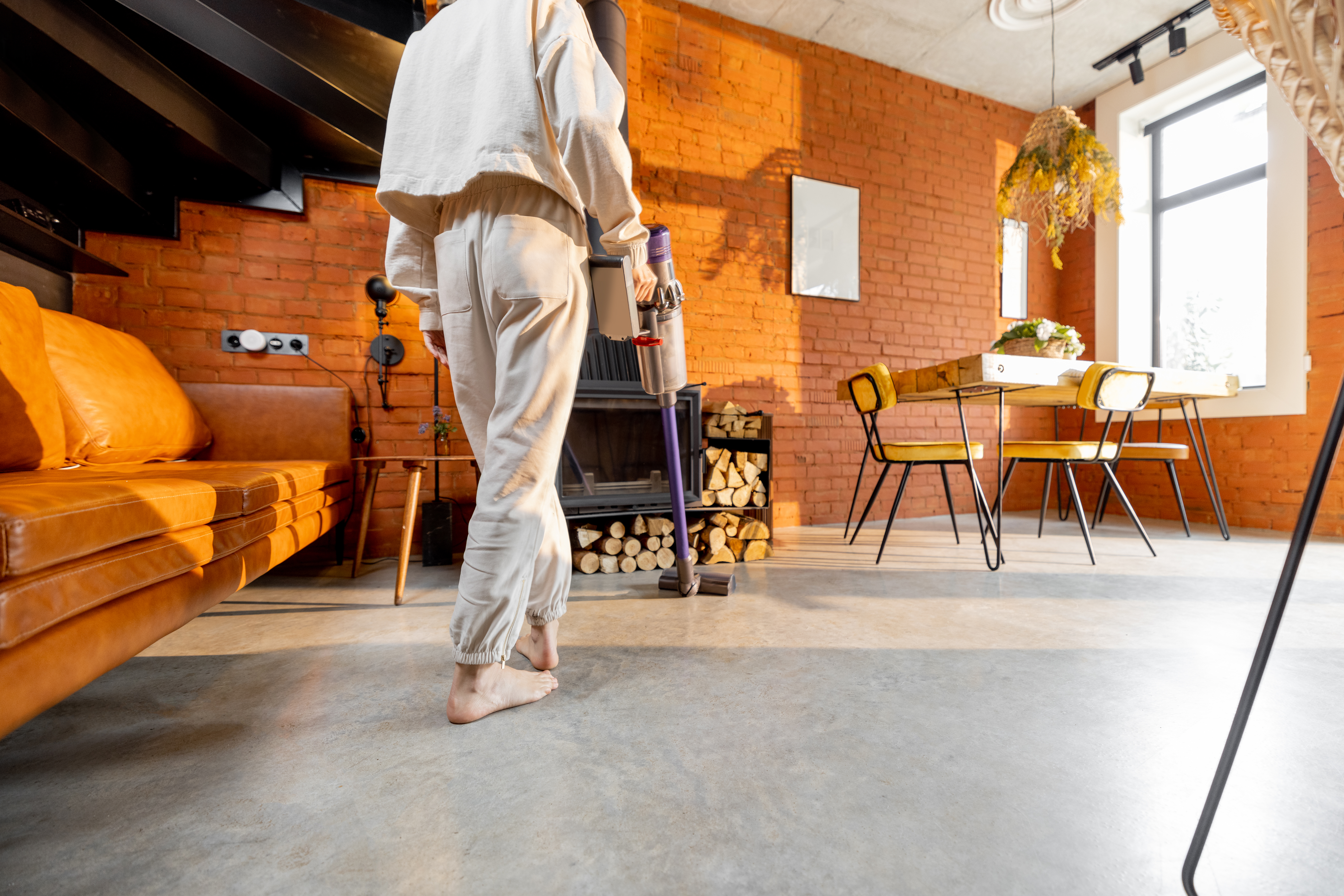If you're looking to give your floors a fresh new look, you may be wondering whether floor resurfacing or refinishing is the better option for your home.
Both methods offer a way to restore your floors to their former glory, but they differ in terms of cost, time, and the extent of the work involved. Floor resurfacing involves applying a new layer of material on top of your existing flooring, while refinishing involves sanding down the surface of your floors and applying a new stain or finish.
In this article, we'll take a closer look at the pros and cons of each option to help you make an informed decision about which one is right for your home. Whether you're dealing with scratched, worn-out floors or simply looking to update your home's style, we've got you covered.
So, let's get started and find out which option is best for your home!
Understanding The Difference Between Resurfacing And Refinishing
Let's take a closer look at what floor resurfacing and refinishing actually involve.
Flood Resurfacing
Floor resurfacing, also known as overlay, is a process of applying a new layer of material on top of your existing flooring.
This can be done with a variety of materials, such as concrete, tile, or hardwood.
The existing flooring is first prepared by cleaning and leveling the surface, and then the new layer of material is applied over it. This method is often used to cover up damaged or outdated flooring without the need for a complete replacement.
Floor Refinishing
On the other hand, floor refinishing involves sanding down the surface of your floors to remove any scratches, stains or other imperfections.
Once the surface is smooth and even, a new coat of stain or finish is applied to give the floors a fresh new look. This method is often used to restore floors that are in good condition, but have lost their shine over time due to wear and tear.
Reasons For Resurfacing Or Refinishing Your Floors
There are many reasons why you may want to resurface or refinish your floors. Perhaps your floors are showing signs of wear and tear, with scratches, stains, or water damage.
Or maybe you simply want to update the look and feel of your home. Whatever your reason, both resurfacing and refinishing offer a way to give your floors a fresh new look.
Resurfacing hardwood floors is often the best option if your existing floors are severely damaged or outdated. For example, if you have cracked or stained concrete floors, resurfacing can provide a new layer of smooth and durable material to cover up these imperfections.
Similarly, if you have outdated linoleum or vinyl flooring, resurfacing with new tile or hardwood can give your floors a modern and updated look.
Refinishing wood floors, on the other hand, is a good option if your floors are still in good condition, but have lost their shine or color over time. By sanding down the surface and applying a new coat of stain or finish, you can restore your floors to their former beauty. Refinishing hardwood floors is also a good option if you want to change the color or finish of your floors, without the need for a complete replacement.

Types Of Floors Suitable For Resurfacing Or Refinishing
Not all floors are suitable for resurfacing or refinishing. The type of flooring you have will determine which method is best for your home. Here are some of the most common types of floors that can be resurfaced or refinished:
Hardwood Floors
Aged hardwood floors can be resurfaced or refinished to restore their shine and luster. Resurfacing is a good option if your hardwood floors are severely damaged or outdated, while refinishing is best for minor wear and tear.
Hardwood flooring is a popular choice for both resurfacing and refinishing. If your hardwood floors are scratched, stained, or worn out, refinishing can restore them to their former beauty. Refinishing can also be used to change the color or finish of your hardwood floors to match your home's decor. Once you refinish hardwood floors, they can last for years with proper care and maintenance.
If your hardwood floors are severely damaged or outdated, resurfacing with new hardwood or engineered wood can provide a fresh new look.
If you have a wooden subfloor, or reinforcing wood planks under your flooring, resurfacing may be the best option. Reinforcing wood planks are often used to provide extra support and stability for floors, but they can also be resurfaced with new materials like tile or hardwood.
Hardwood floor resurfacing, on the other hand, involves the installation of a new layer of material over existing hardwood floors.
Tile Floors
Tile floors can also be resurfaced or refinished, depending on the condition of the existing flooring. If your tile floors are outdated or damaged, resurfacing with new tile can provide a fresh new look.
This can be done by installing new tile over the existing flooring, or by using a thin layer of cement or self-leveling compound to level the surface before installing the new tile.
If your tile floors are still in good condition, but have lost their shine or color over time, refinishing can restore them to their former beauty. This can be done by cleaning the surface, applying a new coat of sealer or finish, and buffing the surface to a shine.

Concrete Floors
Concrete floors are often used in basements, garages, and outdoor areas. If your concrete floors are cracked, stained, or damaged, resurfacing with a new layer of concrete or a concrete overlay can provide a fresh new look.
This can be done by cleaning the surface, repairing any cracks or damage, and then applying the new layer of concrete or overlay.
If your concrete floors are still in good condition, but have lost their shine or color over time, refinishing with a new coat of stain or sealer can restore them to their former beauty. This can be done by cleaning the surface, applying the new coat of stain or sealer, and then buffing the surface to a shine.
Factors To Consider When Choosing Between Resurfacing And Refinishing
When deciding between resurfacing and refinishing, there are several factors to consider. Here are some of the most important points to keep in mind:
Condition Of Existing Flooring
The condition of your existing wood floor will be a major factor in determining which option is best for your home. If your floors are severely damaged or uneven, resurfacing may not be a good option. On the other hand, if your floors are still in good condition, resurfacing may be a suitable choice.
Cost
Cost is another element to be aware of. Resurfacing is often more affordable than refinishing or a complete replacement, but the final cost will depend on the type of flooring you have and the extent of the work involved. Wood grinding equipment can add to the cost of refinishing, but it will also improve the durability and look of your hardwood floors.
Time
When you resurface or refinish wood floors, time is another factor you might want to keep in mind. Resurfacing can be done quickly, often in just a few days, while refinishing may take longer, depending on the size of your home and the condition of your floors.
Refinishing vs resurfacing your hardwood floors is an major decision that can have a significant impact on the look and value of your home.
Longevity
Existing wood may last longer with routine refinishing, while a resurfaced floor may not require as much maintenance. When making your decision, take into account the longevity of each option.
Resurfacing can provide a fresh new look to your floors, but it may not last as long as a complete replacement. Refinishing can restore your floors to their former beauty, but it may not be suitable for floors that are severely damaged or uneven.
Floor Maintenance Tips To Prolong The Life Of Your Floors
Once you've resurfaced or refinished your floors, remember to take proper care of them to prolong their life. Here are some floor maintenance tips to keep in mind:
- Sweep or vacuum your floors regularly to remove dirt and debris.
- Use a damp mop to clean your floors, and avoid using harsh chemicals that can damage the surface.
- Place protective pads under furniture to prevent scratches and dents.
- Use area rugs in high-traffic areas to protect your floors from wear and tear.
- Avoid wearing high heels or shoes with hard soles on your floors, as they can cause scratches and dents.

Conclusion
Wood floors are a classic and timeless addition to any home, but they can become dull or damaged over time. Resurfacing with new tile or concrete overlay, or refinishing with a new coat of stain or sealer, can restore your floors to their former beauty and help them last for years to come.
When deciding between resurfacing and refinishing hardwood floors, it’s important to determine how much damage has been done to your floors. If there are deep scratches or noticeable discoloration, then refinishing may be the better choice as this will ensure all layers are removed and replaced with fresh ones.
However, if the damage isn’t that severe then resurfacing may be an adequate solution. You will want to think about the cost of both methods, as refinishing will typically have a higher price tag than resurfacing due to its more involved nature. If you have any questions about machines or floorcare, contact our team of experts at Mastercraft USA! We offer a wide ride range of machines for different projects such as upright vacuums, carpet extractors, flood relief, air blowers, floor machines, and more.
2 comments